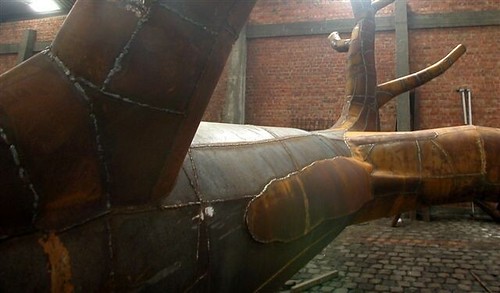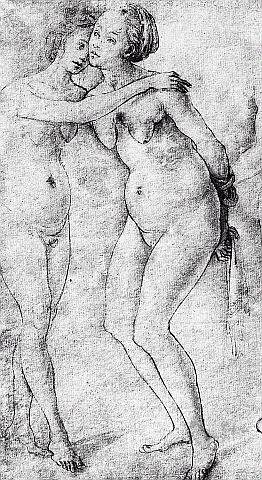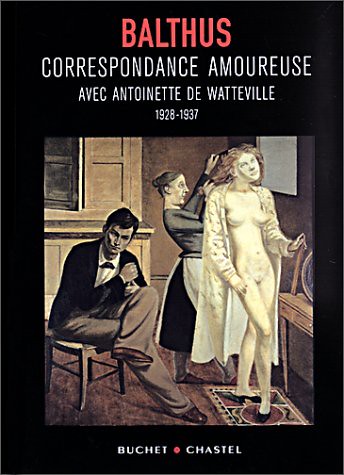Happy birthday Robert Gober. Google gallery.
I have found 35 useful sources for the informe, the abject, and religious purity, which tend to be related in current discourse. These terms are often seen as variations on a theme but should be considered as quite separate according to Rosalind Krauss (see October Winter 1993 and Krauss, 1997).
Three theorists appear in this discourse: Georges Bataile, Julia Kristeva, and Judith Butler.
The artists that have been associated with the informe, the abject, and the grotesque include Fontana, Joel-Peter Witkin, Robert Gober, John Miller, David Hammons, Cindy Sherman, Kiki Smith, Paul McCarthy, Mike Kelley and David Lynch. [1]







